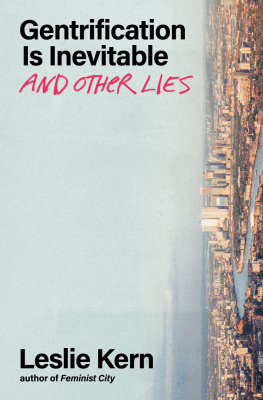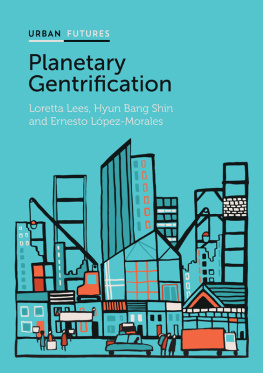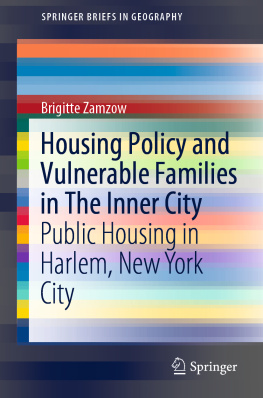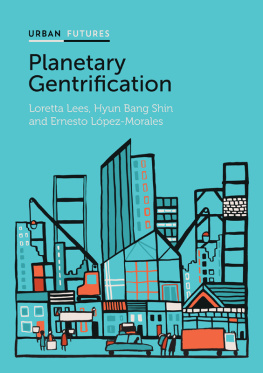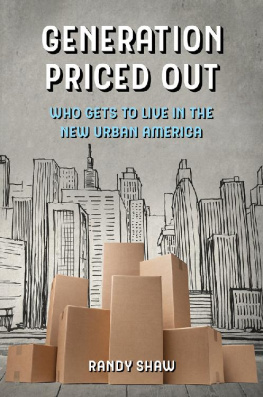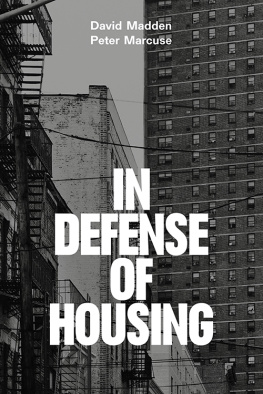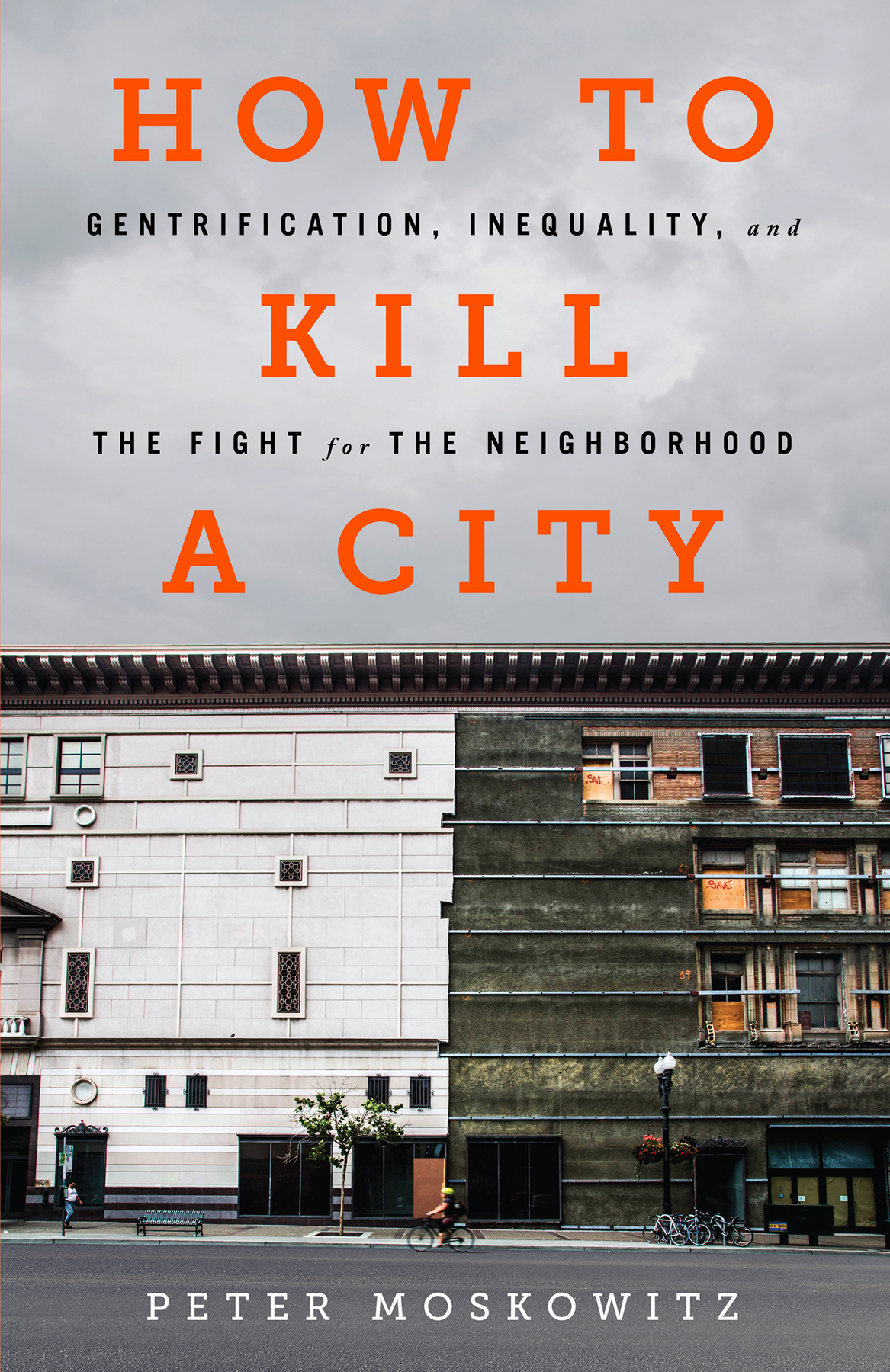Copyright 2017 by Peter Moskowitz
Published in the United States by Nation Books, an imprint of Perseus Books, LLC, a subsidiary of Hachette Book Group, Inc.
116 East 16th Street, 8th Floor
New York, NY 10003
Nation Books is a co-publishing venture of the
Nation Institute and Perseus Books
All rights reserved. Printed in the United States of America. No part of this book may be reproduced in any manner whatsoever without written permission except in the case of brief quotations embodied in critical articles and reviews. For information, address the Perseus Books Group, 1290 Avenue of the Americas, New York, NY 10104.
Books published by Nation Books are available at special discounts for bulk purchases in the United States by corporations, institutions, and other organizations. For more information, please contact the Special Markets Department at Perseus Books, 2300 Chestnut Street, Suite 200, Philadelphia, PA 19103, or call (800) 810-4145, ext. 5000, or e-mail special. markets@perseusbooks.com.
Designed by Jack Lenzo
Library of Congress Cataloging-in-Publication Data
Names: Moskowitz, Peter, 1988author.
Title: How to kill a city : gentrification, inequality, and the fight for the neighborhood / Peter Moskowitz.
Description: New York : Nation Books, [2017] | Includes bibliographical references and index.
Identifiers: LCCN 2016042410 (print) | LCCN 2016048855 (ebook)| ISBN 9781568585239 (hbk) | ISBN 9781568585246 (ebook)
Subjects: LCSH: GentrificationUnited States. | EqualityUnited States. | Urban poorUnited States. | Middle classUnited States.
Classification: LCC HT175 .M67 2017 (print) | LCC HT175 (ebook) | DDC 307.3/362dc23
LC record available at https://lccn.loc.gov/2016042410
E3-20170206-JV-PC
To Bubbe, who introduced me to New York
When I returned to New York from college, I found myself belonging to two groups of people: the gentrified and the gentrifiers. Id grown up in the West Village, just a few blocks from where journalist and activist Jane Jacobs wrote her pro-urban treatise The Death and Life of Great American Cities in 1961. Jacobss book was a 400-page meditation on what made the Village greatits small, varied streetscapes; its diversity of profession, class, and race; its inherent eclecticism. Jacobs argued that every other city in the United States should try to emulate its success by encouraging the creation of small shops over big ones, small streets over grand avenues, and varying sizes of apartment buildings and town houses over huge complexes.
But when I came back from college, the Village looked a lot different from the egalitarian wonderland described by Jacobs. The Chinese restaurant my family would order from at least once a week had closed to make way for a Capital One bank. My favorite pizza place had become a high-end grocery store. The video store where my brother worked in high school had turned into an upscale clothier that seemed to only sell a few really expensive items at a time (that store then closed; it was followed by a store that seems to only sell a few childrens toys at a time, all made out of wood). The queer scene on Christopher Street, just a few blocks from my parents house and once one of the most famous gay streets in America, had been priced out and policed into blandness. The middle-income housing on the surrounding blocks had been converted into market-rate condos. Bleecker Street, once filled with antique stores, had been overtaken by chains such as Marc Jacobs, Michael Kors, and Coach.
Now, in place of buildings that reminded me of my childhood, stood beacons of wealth unprecedented in the neighborhood. Three glass buildings designed by starchitect Richard Meier, taller than anything around them, had sprung up a block from my parents house. And right across the street from my old house, a former artists loft and garage had been topped with pink stucco condos and When the building opened for sales in 2008, apartments sold for upward of $25 million.
My parents building was different too. Every month, another apartment seemed to start renovation. Playwrights, artists, and midlevel professionals were moving out, replaced with bankers and businesspeople who were hostile to the old set of residents. People no longer held the front door for each other. People no longer said hi on the elevator. I no longer recognized our neighbors. I started giving stern looks to everyone I passed in my building. The sense of community that had made the West Village feel like home for me and my parentsand that had inspired Jane Jacobs over fifty years earlierwas gone.
What had happened between 1961 and now? Or even between the 1980s, when my parents first moved to the neighborhood, and now? The Village Jacobs wrote about is all but gone, and a new one that looks like a funhouse version of its former self has replaced it. A lot of the people are gone too, forced out because they could no longer afford sky-high rents. in Manhattan is the Upper East Side.
New Yorkers tend to complain about changes in neighborhoods such as the Village by focusing on the fact that they are no longer cool parts of town. But to Jacobs, places like the Village werent just cool; they proved that cities could be run with little government intervention and could foster equality without much help. According to Jacobs, the small shops, cheap rent that attracted artists and writers, varied street lengths, and mixed-use zoning policies not only made for interesting people-watching but also made a neighborhood work as a closed system. The shopkeepers werent only business owners, they were an unpaid police force, watching out for crime and making sure kids walking alone to school got there safely; a pedestrian-friendly block not only meant a good place to walk, it meant the creation of a place where strangers could interact and come up with new ideas and new destinies for each other; a variety of types of buildings, from new luxury apartments to old tenements, meant that a diverse group of people could afford to live in one neighborhood and not be segregated by income and race.
If the neighborhood once heralded as the best example of a place that fosters diversity and equality could become one of the most expensive neighborhoods in the United States and one of the least diverse in New York, what does that say about the future of American cities? And what happened to the people who were left out of the new and rarefied West Village?
When I decided to move back to New York, I knew the West Village would be too expensive, so I began looking elsewhere. I soon realized that even studio apartments in Manhattan were unaffordable for a young journalist, so I looked in the outer boroughs. For a year I lived with my boyfriend in Astoria, Queens, then in Bedford-Stuyvesant, Brooklyn, then at the border of Williamsburg and Bushwick.
In each place I could tell something similar was going on, only now I was on the other side of it. There seemed to be two worlds living on top of each othera set of stores, bars, and restaurants visited by me and my friends, and a set visited by the residents there before us. When I saw the scowls on my new neighbors faces, I imagined that they felt the same way about us as my parents and I did about the new faces in the West Village.
At first this process seemed so new and so odd that I couldnt tell what was happening. Things were changing. Things were tense. But they seemed indescribable. White friends moving deeper and deeper into Brooklyn seemed to be less and less comfortable with their decisions, but still unable to prevent themselves from making them. I knew what was happening to New York was part of something immenseyou could see how huge it was just by looking at any given block from year to year. Yet there wasnt really a language to describe it. And then this word started being tossed around in news articles, in Facebook rants, at bars where my old friends and I would complain about the new New York:


